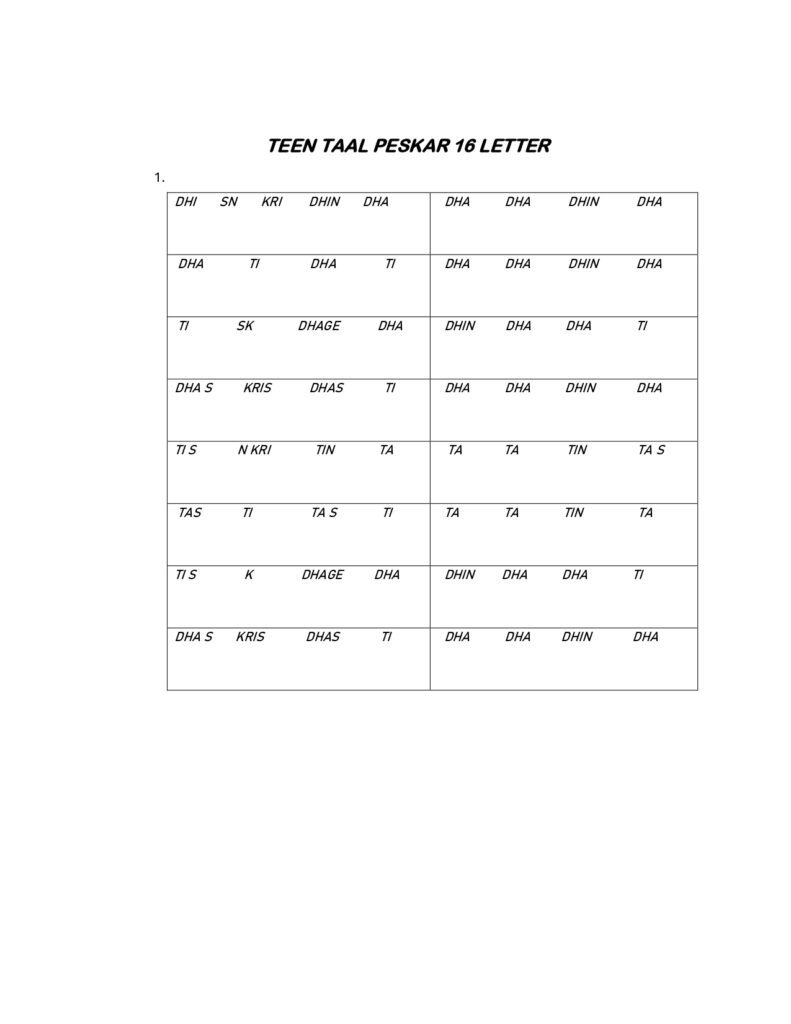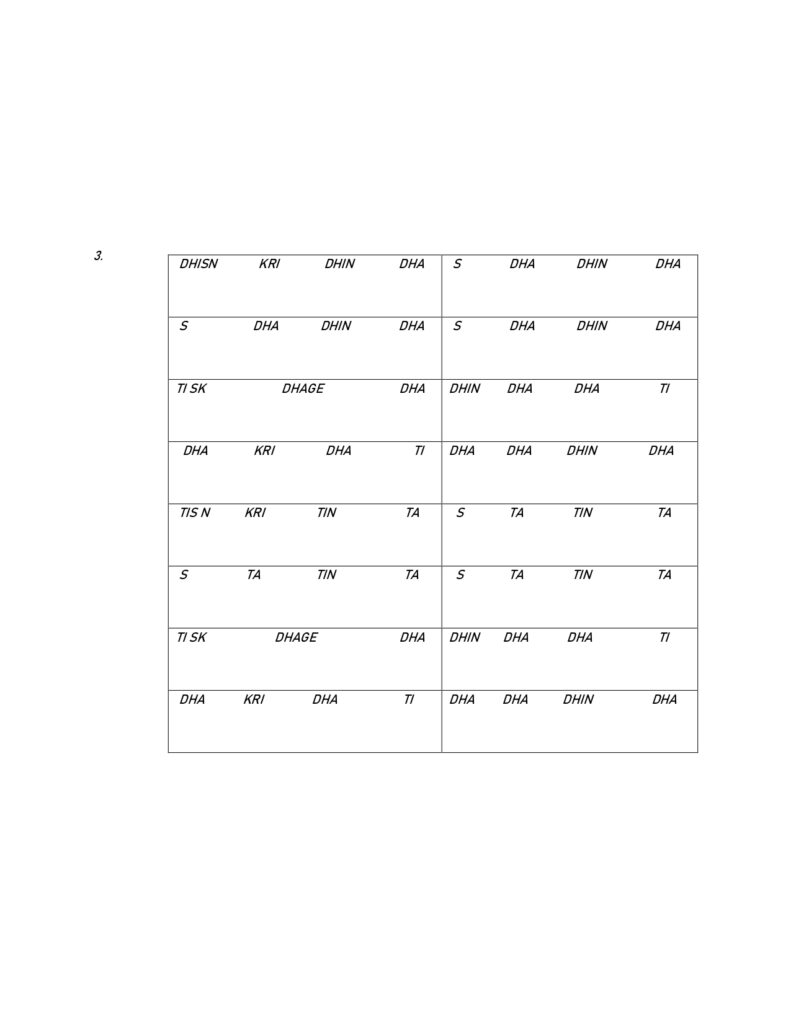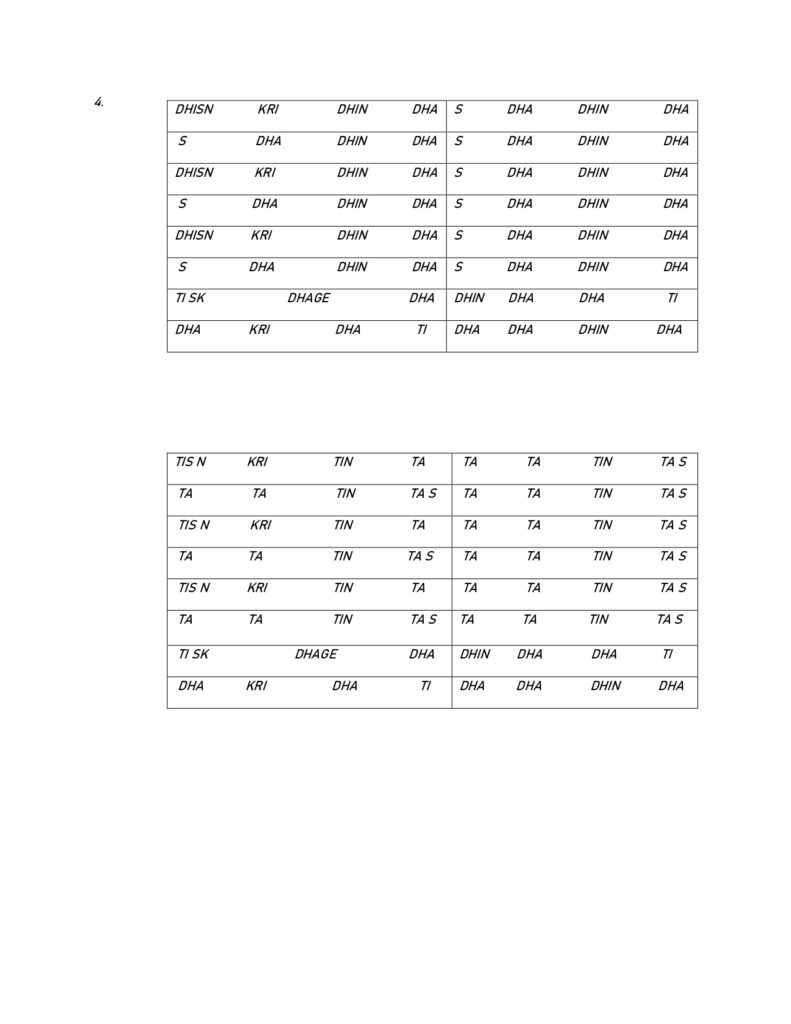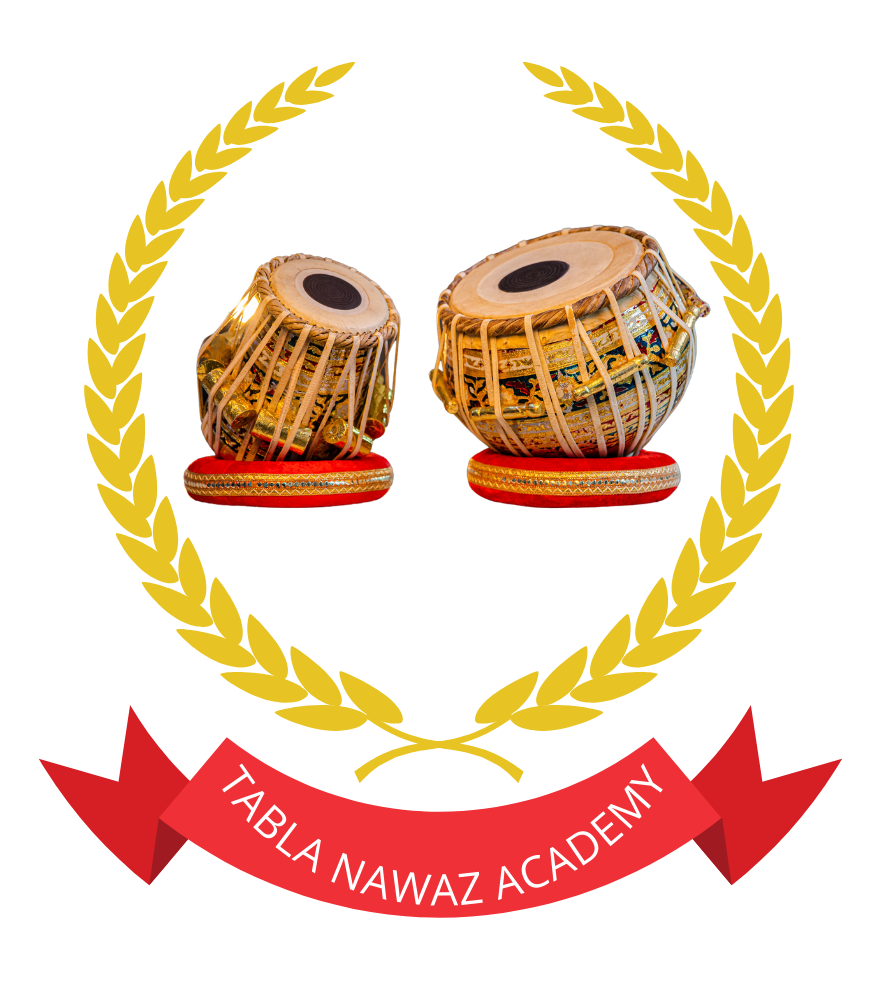Teen Taal Peshkar , Mastering Teen Taal Peshkar: The Gateway to Tabla’s Rhythmic Artistry,The tabla, an iconic Indian percussion instrument, is celebrated for its intricate rhythms and mesmerizing sound. Among the many treasures of tabla rhythms, Teen Taal Peshkar holds a special place. It’s not just a rhythmic cycle; it’s a profound expression of creativity and technique. Whether you’re a beginner or an aficionado, understanding Teen Taal Peshkar is essential for diving deep into the world of tabla.In this blog, we’ll explore the origins of Teen Taal, break down the concept of Peshkar, and provide tips and resources for mastering this foundational piece of tabla artistry.





Why Teen Taal Peshkar is Specialerformances, try out rhythms, and let the magic of tabla unfold!
https://www.facebook.com/sbsinghtablaguru/
https://www.youtube.com/@BhagawanSingh

https://www.youtube.com/@BhagawanSingh
What is Teen Taal?
Teen Taal is one of the most popular and widely used taals in Indian classical music. It is a rhythmic cycle of 16 beats, divided into four sections of 4 beats each. The structure is as follows:
- Dha Dhin Dhin Dha | Dha Dhin Dhin Dha | Na Tin Tin Na | Ta Dhin Dhin Dha
Each segment, or vibhag, is marked by a clap (or tali) or a wave (or khali). For Teen Taal:
- First Vibhag: Clap (Sam) – Dha Dhin Dhin Dha
- Second Vibhag: Clap – Dha Dhin Dhin Dha
- Third Vibhag: Wave (Khali) – Na Tin Tin Na
- Fourth Vibhag: Clap – Ta Dhin Dhin Dha
Teen Taal is versatile, being used in classical performances, light music, and Bollywood compositions. Its balanced structure makes it an ideal canvas for creative improvisation, including the art of Peshkar.
What is Peshkar?
Peshkar is the opening composition in tabla solo performances. The word “Peshkar” means “to present” or “to offer,” and it serves as a gentle introduction to the taal. Unlike fast-paced compositions, Peshkar is slow and deliberate, focusing on exploring rhythm, tone, and creativity.
In the context of Teen Taal, Peshkar introduces the taal with grace, gradually building up complexity. It allows the tabla player to showcase their understanding of rhythm and tonal variations while establishing a connection with the audience.
Structure of Teen Taal Peshkar
A typical Teen Taal Peshkar includes:
- Introduction of the Taal:
- The tabla player begins with slow, deliberate strokes, emphasizing the Sam (the first beat) and the key beats of the taal.
- Variations in Bols (Syllables):
- Peshkar evolves by introducing subtle variations in the basic syllables (e.g., Dha, Dhin, Na, Tin, Ta).
- Creative phrasing, known as layakari, is used to transition between speeds (slow, medium, and fast).
- Expansion of Rhythmic Patterns:
- The tabla player gradually introduces complex phrases, exploring tonal possibilities on both the Dayan (treble drum) and the Bayan (bass drum).
- Return to Sam:
- No matter how intricate the variations become, the Peshkar always resolves back to the Sam, creating a satisfying sense of closure.
How to Practice Teen Taal Peshkar
- Understand the Basics:
- Familiarize yourself with the 16-beat structure of Teen Taal. Practice clapping the taal while reciting the syllables to internalize its rhythm.
- Focus on Clarity:
- When practicing Peshkar, play each bol with precision. Emphasize the tonal variations of the Bayan (e.g., Ghe, Ka) and Dayan (e.g., Dha, Tin).
- Experiment with Variations:
- Begin with simple variations, such as replacing one bol with another (e.g., replacing Dha with Na). Gradually introduce more complex phrases.
- Use a Metronome or Tabla App:
- Practice with a metronome or a tabla app to maintain a consistent tempo. Start slow, and increase the speed as you gain confidence.
- Listen to Masters:
- Study recordings of tabla maestros like Ustad Zakir Hussain, Pandit Anindo Chatterjee, and Pandit Kishan Maharaj. Pay attention to their phrasing and use of Peshkar in Teen Taal.
Famous Performances of Teen Taal Peshkar
- Ustad Zakir Hussain:
- Known for his mesmerizing improvisations, Zakir Hussain’s Teen Taal solos often feature masterful Peshkars that blend tradition with innovation.
- Pandit Anindo Chatterjee:
- Anindo Chatterjee’s Teen Taal Peshkars are celebrated for their clarity and nuanced tonal variations.
- Pandit Kishan Maharaj:
- His traditional approach to Peshkar highlights the depth and beauty of Teen Taal.
You can find recordings of these maestros on platforms like YouTube and Spotify. Their performances are invaluable resources for learning and inspiration.
Interactive Learning: Teen Taal Quiz
Test your knowledge with this quick quiz:
- How many beats are there in Teen Taal?
- a) 8
- b) 16
- c) 12
- What does the word “Peshkar” mean?
- a) Fast-paced rhythm
- b) To present or offer
- c) Improvised composition
(Answers: 1 – b, 2 – b)
Conclusion
Teen Taal Peshkar is more than just a rhythmic composition; it’s a gateway to understanding the soul of tabla music. It teaches discipline, creativity, and the art of engaging an audience. Whether you’re a learner or a listener, diving into the nuances of Teen Taal Peshkar is a rewarding journey.
Start your practice today, and don’t forget to share your favorite Peshkar performances in the comments below. Let’s celebrate the timeless art of the tabla together!
